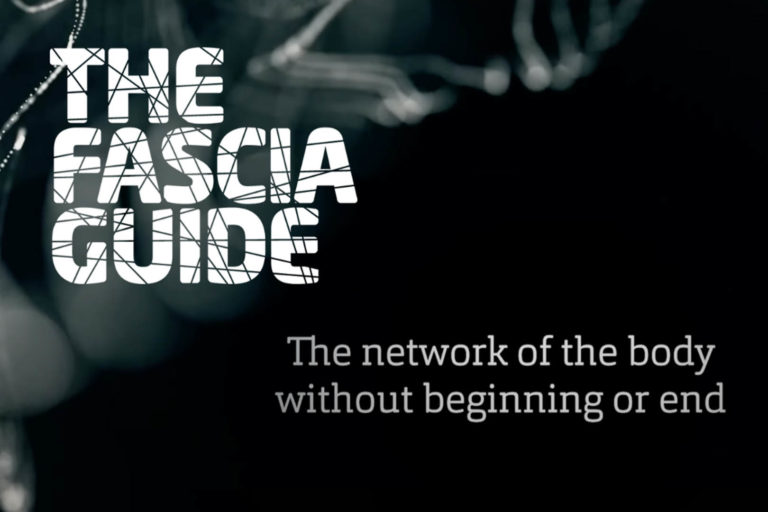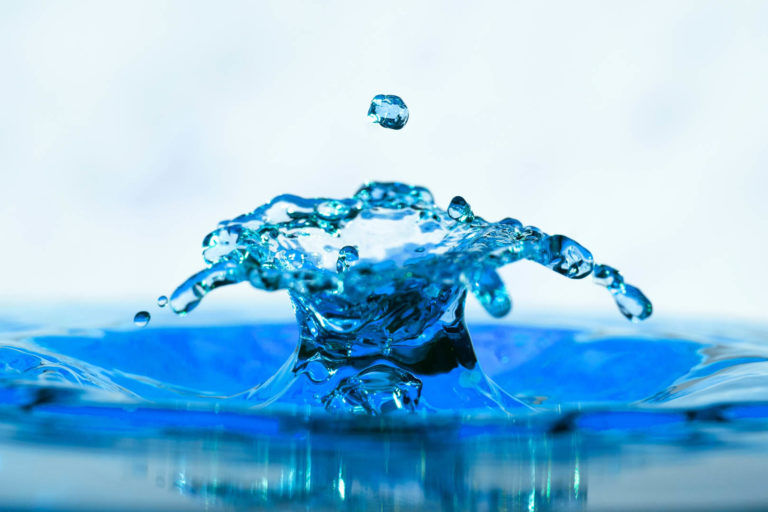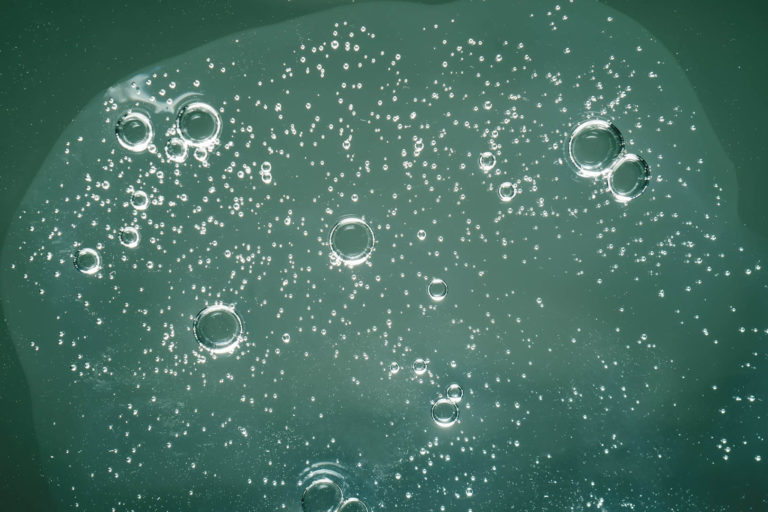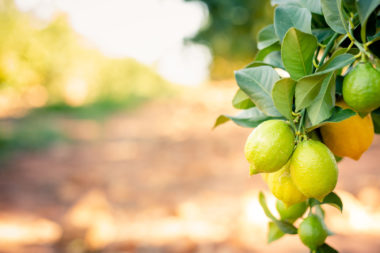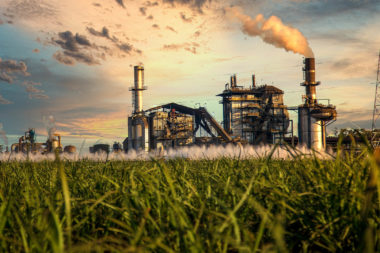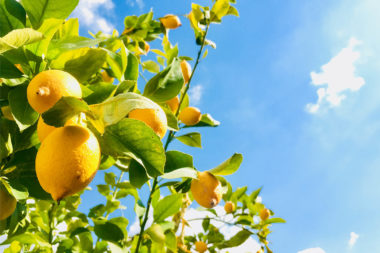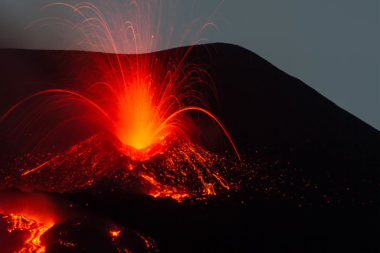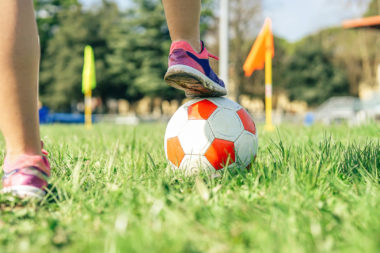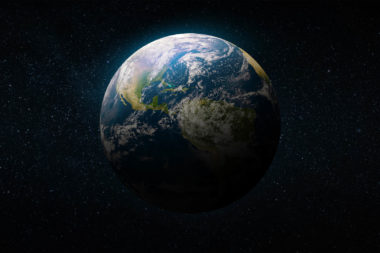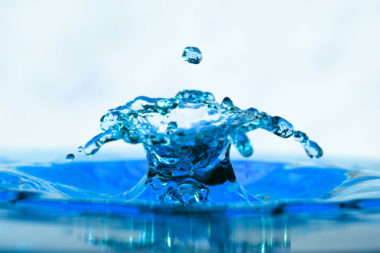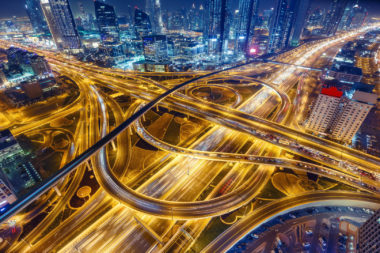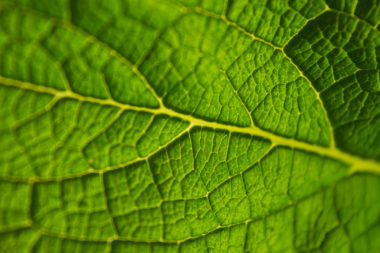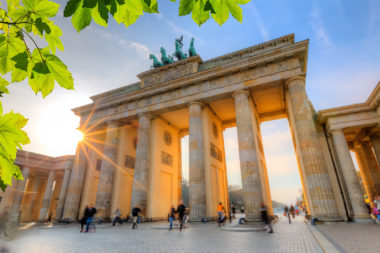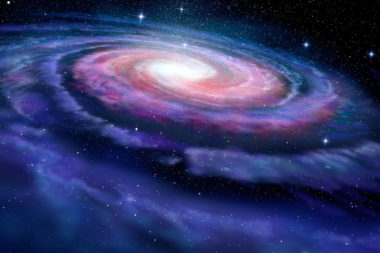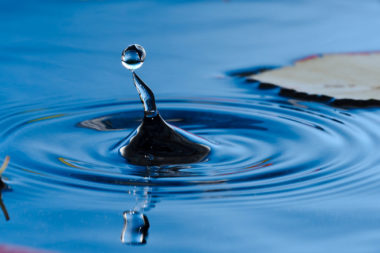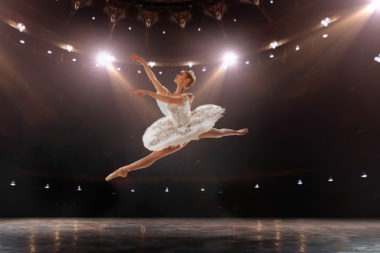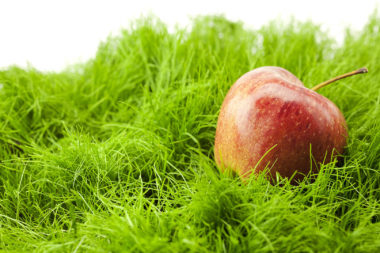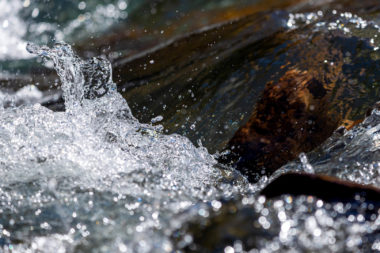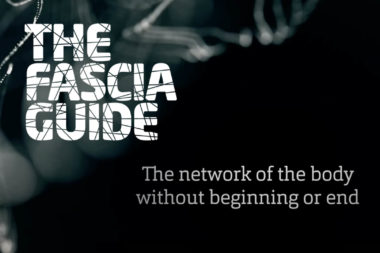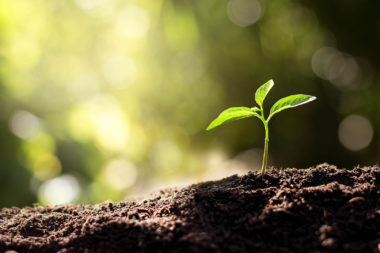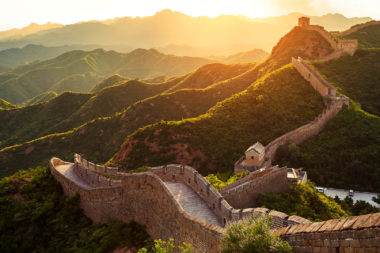
Extracellular Matrix (ECM)
The extracellular matrix (ECM) is a scaffold where the cells exist. It mainly consists of fiber proteins and a fluid part, the ground substance.
The fiber proteins are mainly collagen, which gives strength, elasticity and structure.
Besides water, the ground substance contains of compounds of proteins and carbohydrates, so called glycosaminoglycans (GAGs) and proteoglycans (PGs). These components absorb water, which made up 90% of the ECM.
An important and abundant GAG, particularly in soft loose fascia, is hyaluronan (HA), which among other things, gives viscosity and sliding function to the various layers of connective tissue. Another GAG is, for example, chondroitin sulfate, which contains sulfur that hyaluronan lacks.
The mainly parts of ECM
- Fiber proteins: Mostly different types of collagen and elastic fibers like elastin
- Ground substance: Glykosaminoglykans and proteoglycans
- Link proteins: Noncollagen proteins, for example integrins and fibronectin
- Ions: like Na, K, Ca, Mg
- Water
The fiber proteins give structure, strength and elasticity.
The ground substance is the “liquid” part with large molecules that bind volumes of water and is responsible for, among other things, the transport and exchange of ions, nutrients, waste substances and other molecules, between the blood capillaries and the cells. It is the environment where the cells exist, and it fills the spaces between fibers and cells. It also enables the fibers to slide and glide between each other and HA gives the viscoelasticity. Besides water in blood, lymph and digestive system, the water exists in the ground substance, outside the vascular system, and this is also called the interstitial fluid. Most of the chemical reactions in our bodies needs water! Water also gives volume and mechanical function to the tissue.
The primary function of the link proteins is to bind collagen fibers to the cell membranes, which means that all cells have a mechanical contact via the extracellular matrix. Link proteins also help to bind protein chains to HA molecules to form proteoglycans.
The components of the ECM are produced from different cells in the connective tissue. The composition of the ECM and the proportions of the various components vary depending on the mechanical load to which the tissue cells are exposed.
The composition adapts to the needs and requirements of the tissue. The mechanical load on the ECM and thus the cells causes the cells to respond with producing various components, perhaps more collagen, and signaling proteins.. This is called mechanotransduction, as mechanical loading on cells is converted into a chemical response. Physics turns into chemistry!
The composition and change in the ECM and the ground substance and, among other things, the rapid change in the molecular composition of the hyaluronic acid are new insights that have given new knowledge about how the fascia affects the emergence of various types of problems, such as back pain, tennis elbow, frozen shoulder, neck pain and more. Problems that can be difficult to diagnose when changes in the ground substance are not visible on X-ray, MRI, ultrasound etc.



